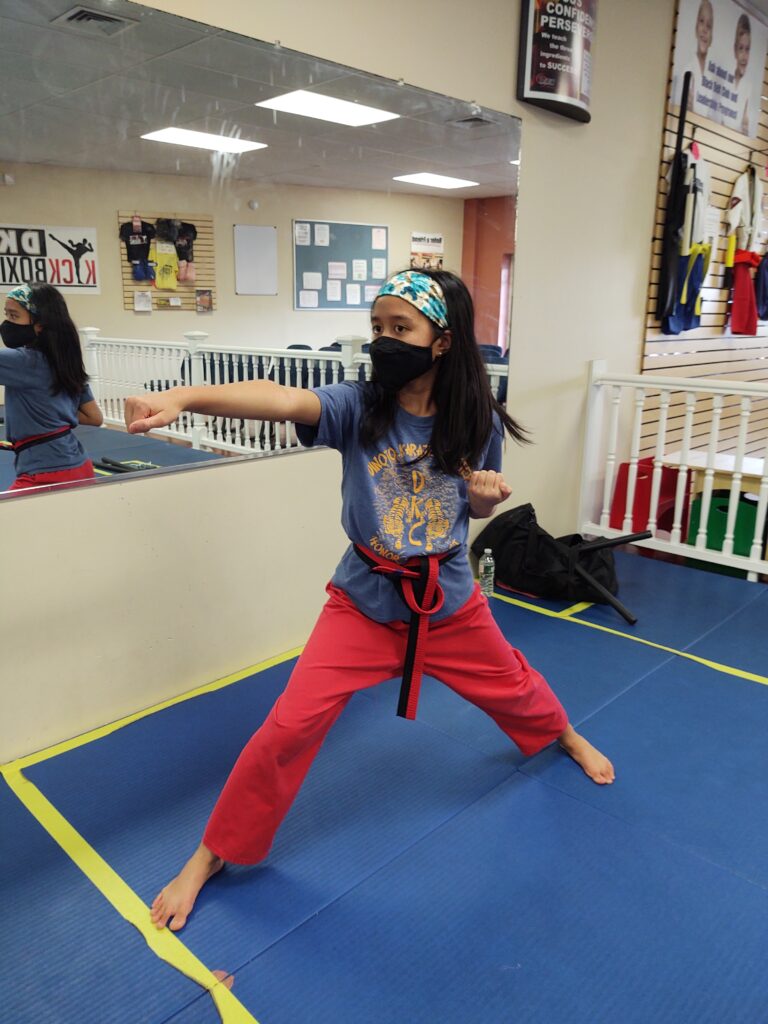If you haven’t heard one motivational speaker talk about goals, I have one question for you. How comfortable is living under that rock? Seriously, I envy you the ability to not here the phrase you need to set achievable goals nine times a day.
Some experts say that you need to make big goals. 10x crazy goals.
Some experts say that you need to make short, realistic goals.
The more you read the personal development literature, the more you find conflicting opinions about what your goals should look like. They have opinions and they are loud.
All of the above statements are true, but they’re talking about two different ideas. When you get those two ideas confused, your goal setting becomes ineffective.
Here’s the deal, there are two kinds helpful goals. That’s true for you, your kids, and their pet tuatara named Tua.
Briefly this is what the two types of goals look like:
The first kind of Goal is big, macroscopic. It is your north star to guide the ship of your life.
The Second kind of goal is smaller. They should be measurable and relatively short term. These goals are the yardstick you use to measure progress to your big capital G Goal
Alright, now time for more detail then you could ever want about both Goals and goals. I even have some ideas about how to integrate the two.

Macroscopic Goals
Think big, pie in the sky thoughts. These are the dreams that are almost completely fantasy. It is a vision for where you want to go. Capital G Goals are all about the big picture of who you want to become and what you wish you were doing.
For a lot of Americans, it’s the idea of becoming famous.
Stephen Covey, in his book Seven Habits of Highly Effective People—suggests that you should imagine your funeral. His thought experiment is all about what you want people to say about you when you…expire. Now I wouldn’t tell that to any of my younger students. That’s a loaded question for adults.
For kids, we can start somewhere friendlier than reckoning with the inevitability of death.
Questions I would ask are: What do you want to be like when you grow up? How do you wanna make people feel? What do you wanna be able to do when you grow up?
Delightfully, these all get to the same idea Stephen Covey was after with his thought experiment. They’re far more fun and less morbid.
The key to this experiment is that it must be an experiment without expectations or commitments for young kids. The capital G Goals must be able to change along with them. If they don’t change, the Goal could starting guiding them somewhere they no longer want to be.
We ask high-school Seniors, “what do you want to do with your life,” while hoping for too much certainty. We don’t need to be able to see the future with the kind of hitting-a-bullseye-while-throwing-a-dart-through-the-eye-of-a-sewing-needle kind of accuracy.
Remember,
The big Goal question is about what you want the future to look like today.
The point isn’t to the answers. The point is to have a direction. That direction is allowed to change.
For many of my students, this conversation revolves around becoming a black-belt. What kind of black-belt do they want to be? How do they want to look at their black-belt test?
Academic goals can be key here too.
Or, learning an instrument.
This big picture Goal gives context to all the other things that you’re doing. I’ll use myself as an example. My vision is helping as many people become the most effective and benevolent version of themselves as I can.
At my funeral I want people to say things like:
“Colan taught me so much,”
“Even when everything was going wrong, he chose to be kind.”
“He didn’t really ask for things in return,”
On my best days, I see that person looking at me in the mirror.
Now, that’s my dream. You’ll notice that I don’t mention fancy cars and white picket fences. They aren’t a part of my dream. They can be a part of yours.
Microscopic goals
These goals are a daily target that you can measure yourself to. These are the S.M.A.R.T. goals. Okay, that’s not my acronym and I don’t know who thought of it first.
It’s still useful.
Specific– They need to be exact. Detail is your friend
Measurable– You must be able to quantify the goal. Think I want to read 10 books a year, rather than I want to read more.
Actionable– The goal has to be something that is in your control. Wanting to be a millionaire by waiting for money to fall from the sky has very little to do with you. You can’t work toward it. Well I guess you could live near an airport, but I don’t think that counts.
Realistic– Your goal has to be possible in the real world with your real life. Don’t pretend you are anybody else. You are you. Your progress starts with what you can do today, not what The Rock can do today. You are not The Rock, yet.
Time bounded-These goals have a scheduled end date or a scheduled to do date. There must be a failure condition. If not, you can put off the goal forever and you won’t know you never achieved it.
Let’s kidify this
If you want to help your kids establish Goals and goals, start by asking those big picture questions. What do you wanna be better at this year? What do you want to know how to do before you go into second grade?
Once you get to the heart of something they want to do, ask them what can you do this week to be closer to that goal.
If they want to be a better soccer player, they can practice for ten minutes every day. Make a checklist for every day and cross off the days they managed to do it.
You can gently remind them of their goal whenever you want.
But,
You must talk to them on day seven about if they accomplished their goal. That’s the point of the little goal, did you succeed at your weeklong task.
Failure only means that they need to try again. Let’s be honest, we all fail on the first try. It is time to try again and do better next week.
If our soccer player only practices half as often as they say they will in their goal, they’ll be practicing soccer for 35 minutes a week. Better is better than best. Especially when best means they never work toward the goal.
When you set a goal, you must check in with yourself and your child to see if you achieved it or not. I know it’s dorky, however this is why I have scheduled on my calendar meetings with myself.
One last thing,
Parents, you have goals for your child. “How do I get my child to work harder in school,” is a question I hear all the time.
That’s a loaded question that we can explore in detail later.
For now, remember that they’re outside of school goals need a minimum success in school or at home. Whatever your families baseline expectation is, make that the bar required for getting more help at soccer.
Truthfully, those two goals aren’t that different from each other.

